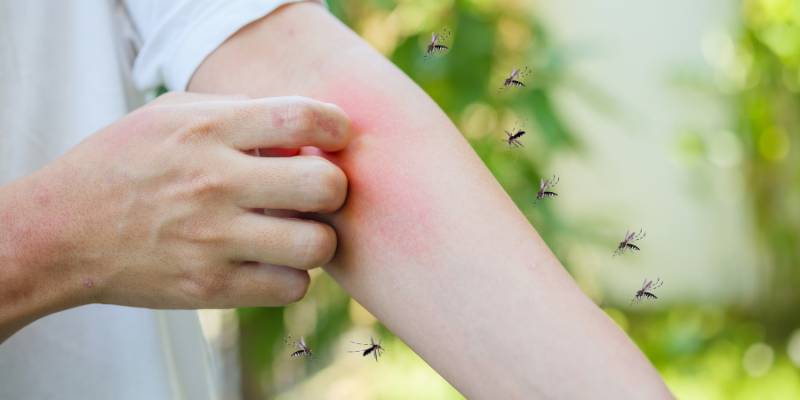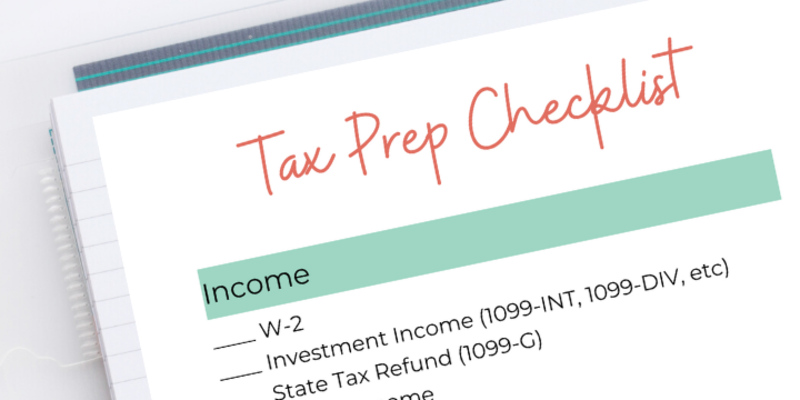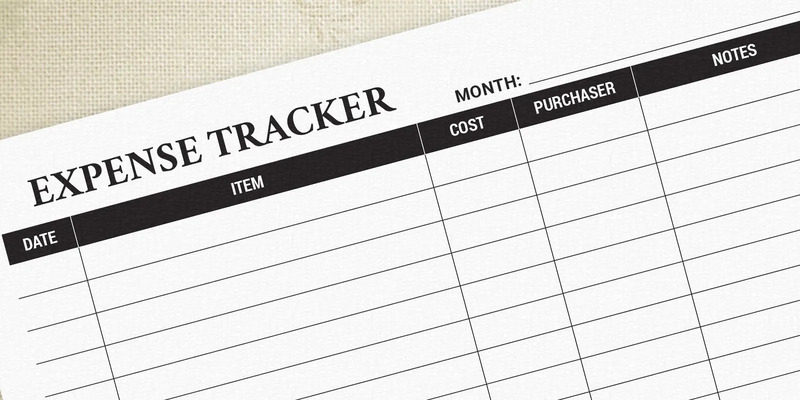How To Stop A Nosebleed: Common Causes And Prevention Tips
Advertisement
Nosebleeds, medically known as epistaxis, are common yet often startling. Although most nosebleeds are not serious, they can be alarming, especially when they happen unexpectedly. Understanding the common causes of nosebleeds and how to stop them can help you manage the situation calmly.
This article will discuss the primary causes of nosebleeds, step-by-step methods to stop a nosebleed, and effective prevention tips to minimize the chances of recurrence. By following these guidelines, you can prevent future nosebleeds and be well-prepared to handle them should they occur.
Common Causes of Nosebleeds:
- Dry Air:
One of the most frequent causes of nosebleeds is dry air, which can lead to the drying out of the nasal passages. Dry conditions are especially common in winter when indoor heating systems remove moisture from the air. This can cause the blood vessels inside the nose to become fragile and more prone to bleeding. If you live in an area with low humidity or have indoor heating, you may experience nosebleeds more frequently due to dry air.
- Nasal Irritation:
Nasal irritation is another common cause of nosebleeds. Picking or forcefully blowing your nose can irritate the delicate blood vessels inside the nostrils. The resulting damage to these vessels may lead to bleeding. People who habitually pick or blow their noses too harshly are at a higher risk of experiencing frequent nosebleeds. It's important to be gentle when wiping or cleaning your nose to avoid injuring these sensitive blood vessels.

- Allergies:
People with allergic rhinitis or hay fever are more likely to experience nosebleeds. Allergies cause the nasal passages to become inflamed and congested, leading to irritation and the potential for bleeding. Frequent sneezing, rubbing the nose, and using decongestant nasal sprays can contribute to irritating the blood vessels in the nose.
- Infections:
Sinus, upper respiratory infections, and even the common cold can cause inflammation in the nasal passages, leading to nosebleeds. The swelling and congestion associated with these conditions can irritate the sensitive blood vessels inside the nose, making them more likely to rupture. Medications to relieve symptoms, such as decongestants or nasal sprays, can also dry out the nasal passages, further increasing the risk of nosebleeds.
- Trauma or Injury:
Trauma to the nose, such as a blow to the face or an accidental injury, can cause the blood vessels inside the nostrils to break, resulting in a nosebleed. This can happen due to sports injuries, accidents, or falls. In some cases, the force of the trauma can cause significant bleeding that may require medical intervention to stop. Taking precautions when participating in activities that may put you at risk for injury is important.
How to Stop a Nosebleed: Step-by-Step Guide
- Stay Calm and Upright:
The first step in managing a nosebleed is to stay calm. Panic can cause the blood pressure to rise, making the bleeding worse. Sit down and remain upright—do not lie down. This helps to prevent blood from flowing down the back of your throat, which can lead to coughing or swallowing blood. Remaining upright also helps reduce the pressure on the veins in the nose, which may stop the bleeding faster.
- Pinch Your Nostrils Together:
Using your thumb and index finger, pinch your nostrils together just below the bone of the nose. Apply firm pressure to the soft part of your nose. Hold the pressure for about 5-10 minutes without releasing. This is the most effective way to stop a nosebleed, as it puts pressure on the leaking blood vessels. Avoid checking to see if the bleeding has stopped too soon, as this can disrupt the clotting process.
- Lean Forward:
Leaning forward slightly is important to avoid blood flowing down your throat. If blood flows backward, it can lead to nausea or vomiting. By leaning forward, you allow the blood to drain out of the nose rather than down the back of the throat. If the blood continues to flow, repeat the pinching process for another 10 minutes.
- Use a Cold Compress:
Applying a cold compress or ice pack to the back of your neck or the bridge of your nose can help constrict the blood vessels and reduce bleeding. A cold compress can also reduce swelling and inflammation. Wrap ice in a towel or use a cold, damp cloth to apply pressure to the affected area. This can be a helpful addition to the pinching method, but it should not replace it.
- Avoid Blowing Your Nose:
Once the bleeding has stopped, avoid blowing your nose for at least 12 hours. Blowing your nose can dislodge the clot that has formed and cause the bleeding to resume. Be gentle when cleaning your nose, and avoid unnecessarily touching it. If you need to clear your nostrils, use a saline nasal spray to keep the nasal passages moist.
- Seek Medical Help:
If the bleeding does not stop after 20 minutes of applying pressure or if you experience frequent nosebleeds, it's important to seek medical help. A doctor may need to perform a procedure to stop the bleeding, such as cauterizing the blood vessel or using nasal packing. In severe cases, surgery may be required to repair the blood vessels.
Prevention Tips for Nosebleeds:
- Use a Humidifier:
Dry air is a leading cause of nosebleeds, especially in winter. Using a humidifier in your home can help add moisture to the air, preventing your nasal passages from drying out. This is particularly beneficial in bedrooms, where you spend long hours during sleep.

- Keep Your Nasal Passages Moist:
Applying a saline nasal spray or a nasal gel can moisten your nasal passages, especially during dry seasons. Avoid decongestant nasal sprays for over three days, as they can dry out the nose and make you more prone to nosebleeds.
- Avoid Nasal Irritation:
Be gentle when blowing your nose. If you have allergies or a cold, use a soft tissue and avoid forcefully blowing your nose. Regular hand washing can also prevent the spread of germs that may lead to infections.
- Wear Protection for Sports:
If you participate in contact sports or activities that put you at risk for injury, consider wearing protective gear, such as a nose guard. This can reduce the risk of nose trauma, a common cause of nosebleeds.
Conclusion
Nosebleeds can be unsettling but usually manageable with the right techniques. Understanding the common causes of nosebleeds, knowing how to stop them effectively, and taking preventive measures can significantly reduce the risk of recurrence. Remember to stay calm and follow the step-by-step guide when a nosebleed occurs. If you experience frequent or severe nosebleeds, consult with a healthcare professional. Protect your nasal health with preventive measures, and you'll be better prepared to handle any situation that comes your way.
Advertisement












